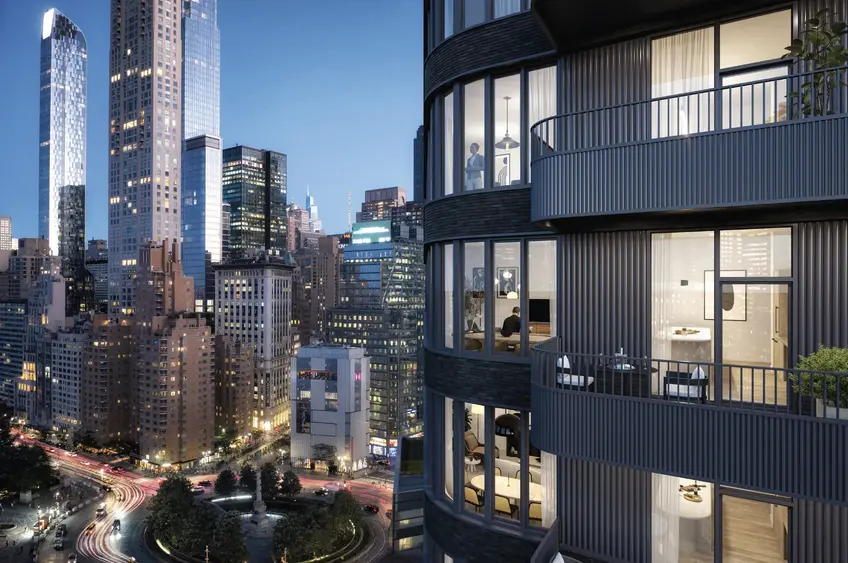
Columbus Circle has markedly improved over the last 20 years. While still not as pedestrian-friendly and publically oriented as it should be, it has come quite a ways from the uninviting vehicular sewer it was prior to a 2005 reconstruction that overhauled its pedestrian/vehicular flow while adding a fountain, seating, and a dash of green space.
The traffic circle was finished in 1905 at the dawn of the automobile age. Designed by William P. Eno, a businessman who fostered early innovations in road safety and traffic control, a grandiose rotary at the confluence of Eighth Avenue, Broadway, and 59th Street was originally prescribed in Frederick Law Olmsted's vision for Central Park, aka The Greensward Plan of 1858.
In this article:
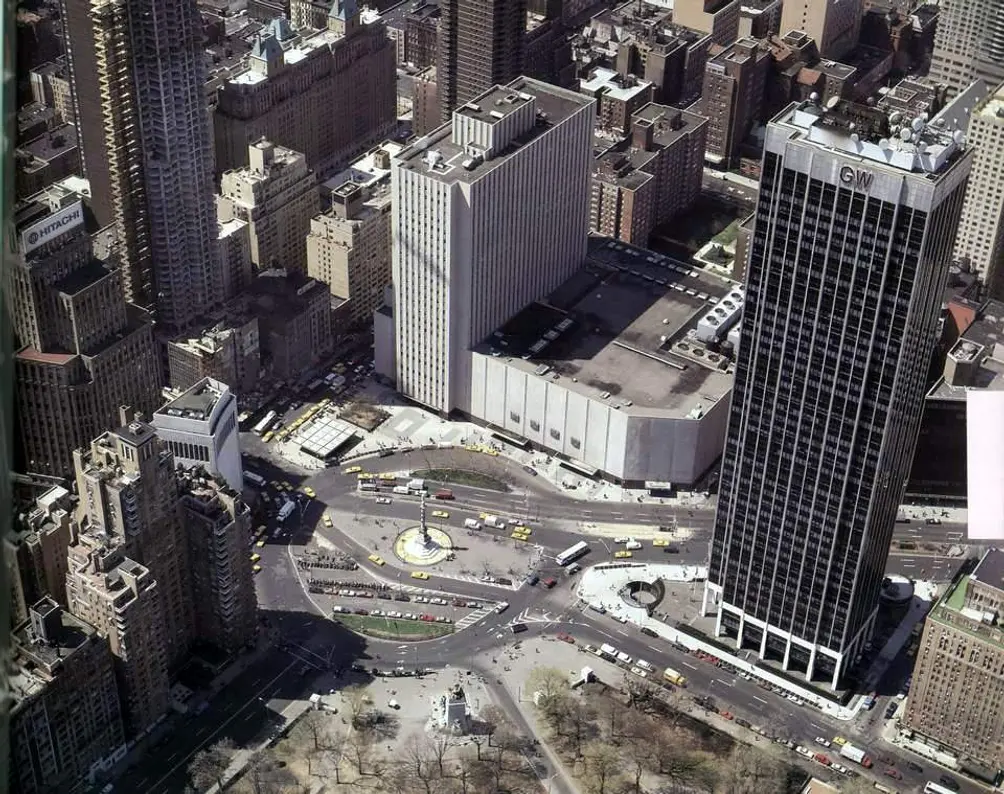 Yes, that's parking. The circle at its nadir in the 80s. (Robert Cameron)
Yes, that's parking. The circle at its nadir in the 80s. (Robert Cameron)
Named after the increasingly controversial figure Christopher Columbus, a 40-foot-tall Carrara marble monument was erected in 1892 to commemorate the 400th anniversary of his first voyage to the New World. Rapidly increasing automobile use and the growth of Uptown neighborhoods quickly made the intersection one of the busiest in the city, leading municipal authorities to incrementally scale back its central circular plaza in order to accommodate more cars.
Fast-forward a century later, and it's now quite apparent the detrimental toll automobiles have had on our historic cities. In 1998, the shuttering of the New York Coliseum convention hall (a poster child of the dismal design era of the 1950s) galvanized planners to create a friendlier, more inviting circle oriented for people instead of vehicles.
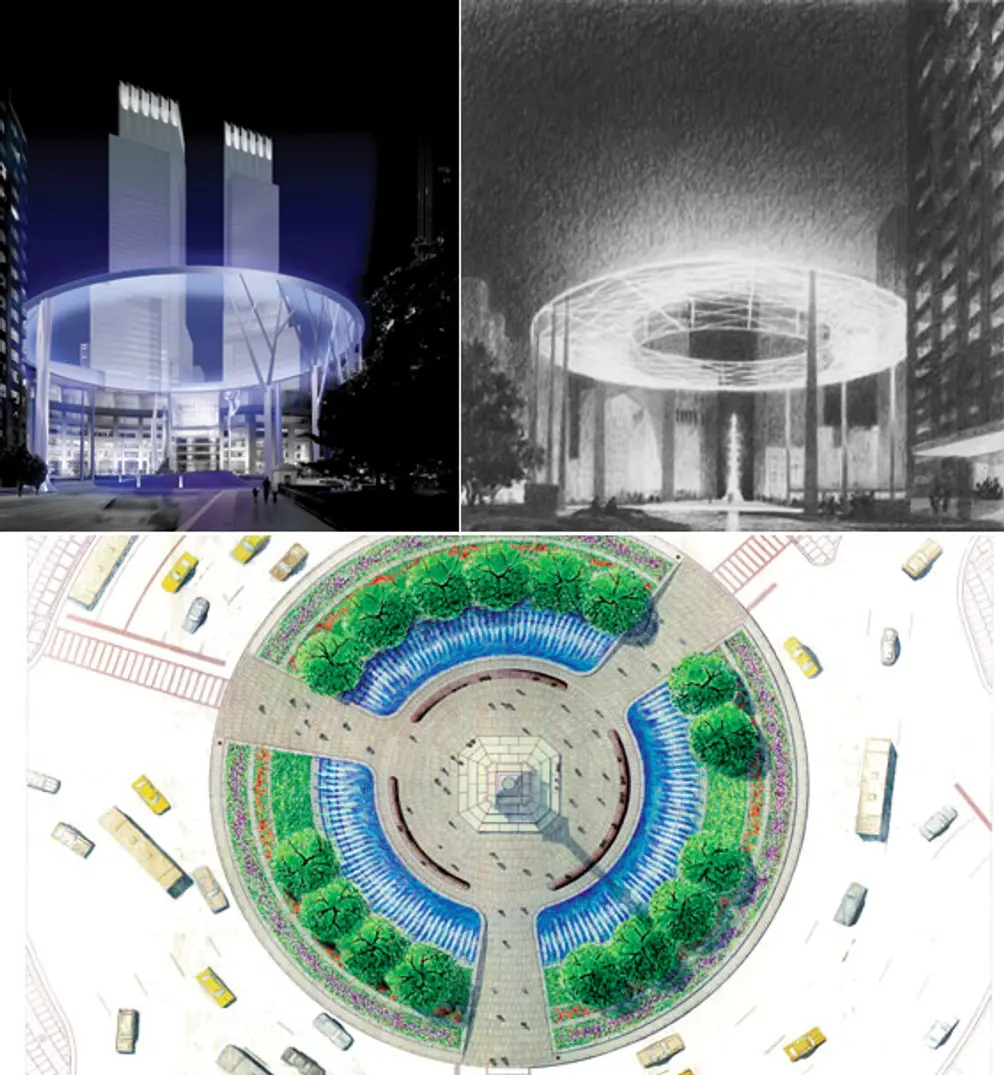 Winning scheme by Olin Partnership (now Olin Studio), in conjunction with Machado Silvetti
Winning scheme by Olin Partnership (now Olin Studio), in conjunction with Machado Silvetti
As the colossal Columbus Centre...AOL Time Warner Center...Time Warner Center Deutsche Bank Center got underway, the Municipal Arts Society urged that a world-class design should be created and invited six prominent designers to propose schemes for a great civic space. Philadelphia-based Olin Partnership, in conjunction with Machado Silvetti, was selected based on a design that consisted of a series of concentric rings that buffer traffic and a striking web-like canopy that would rise above (never happened).
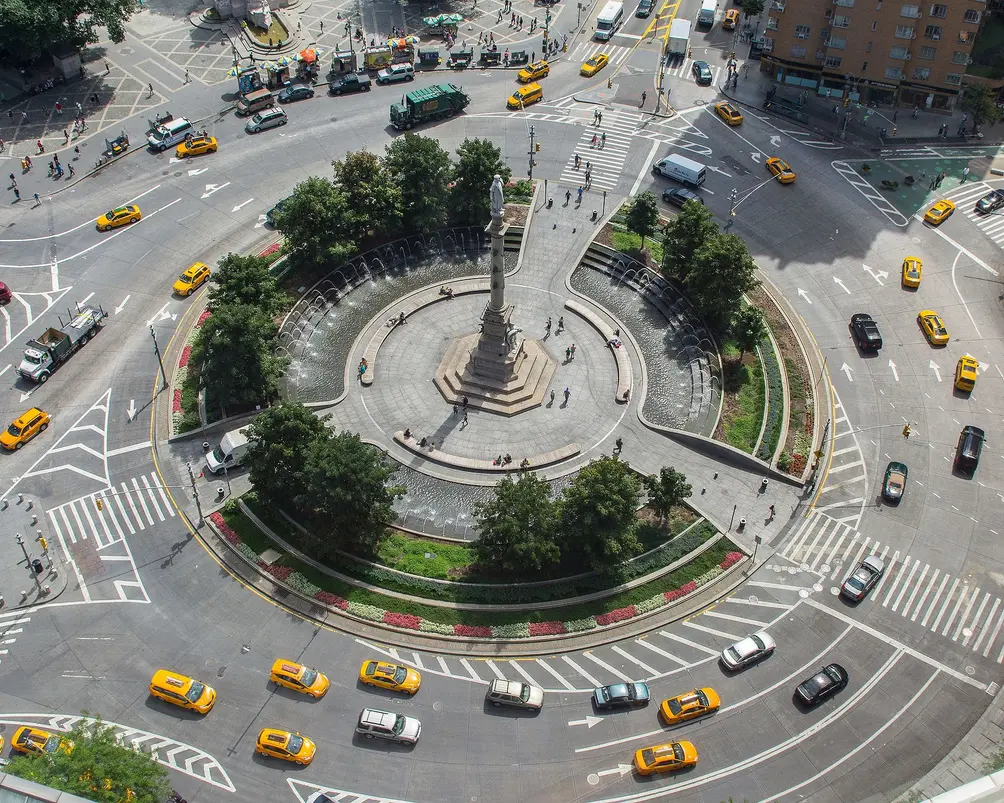 Columbus Circle's configuration today (By TarHeel4793 - Own work, CC BY-SA 4.0, https://commons.wikimedia.org/w/index.php?curid=49477352)
Columbus Circle's configuration today (By TarHeel4793 - Own work, CC BY-SA 4.0, https://commons.wikimedia.org/w/index.php?curid=49477352)
After several years of painful reconstruction, which included replacing water mains, the rehabilitation of sewers, and the installation of a new reinforced concrete roadbed, the $21 million undertaking debuted in 2005 to much fanfare. By melding the once-fragmented circle back together, a generous new public space was created and screened by plantings and a 99-jet fountain designed by WET Design, the team that built the fountains at Las Vegas' Bellagio Hotel.
After several tragic terrorist attacks where cars were used as weapons to mow down pedestrians, the NYPD with the support of design-deficient authorities have steadily peppered the perimeter of the circle with an array of bollards, 'temporary' concrete blocks, and metal barricades in an effort to protect pedestrians. Anti-Columbus protestors, food trucks, bikers, and vendors have further turned the entrance to the park into a cacophonous only-in-New York shitshow.
As a a consortium of civic organizations have called for, now is the time to put in place a public champion of the public realm to not only iron out the city's growing visual chaos but to also equitably push forward high-quality interventions to prominent intersections across the boroughs such as along the Bronx's 149th Street corridor, Harlem's 125th Street, Brooklyn's Grand Army Plaza, and stretches of Flatbush Avenue.
As a a consortium of civic organizations have called for, now is the time to put in place a public champion of the public realm to not only iron out the city's growing visual chaos but to also equitably push forward high-quality interventions to prominent intersections across the boroughs such as along the Bronx's 149th Street corridor, Harlem's 125th Street, Brooklyn's Grand Army Plaza, and stretches of Flatbush Avenue.
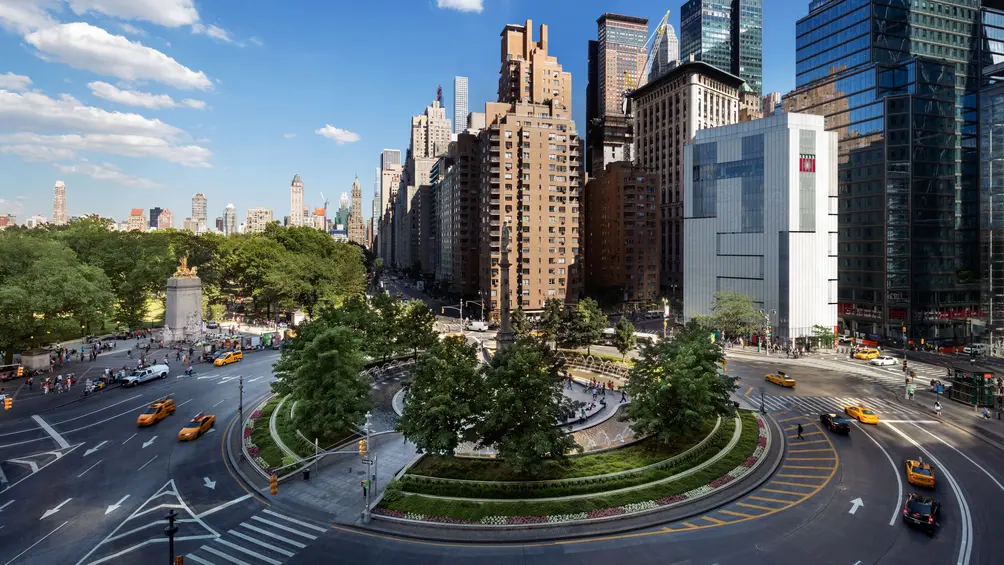 Columbus Circle and The Museum of Art and Design (https://madmuseum.org)
Columbus Circle and The Museum of Art and Design (https://madmuseum.org)
 View from Robert, the restaurant atop The Museum of Art and Design (https://robertnyc.com/)
View from Robert, the restaurant atop The Museum of Art and Design (https://robertnyc.com/)
While the circle itself has become more approachable and public-facing, its surrounding buildings have grown more glossy and discordant. The Museum of Art and Design, housed in a building originally designed by Edward Durell Stone, butchered its interesting lollipop motif for a graceless reclad by Brad Cloepfil of Allied Works. However, the institution continuously hosts provocative exhibitions and above the museum, the classic modern American restaurant Robert offers some of the best views of Central Park and Columbus Circle open to the public.
Behind the museum building, the former headquarters of General Motors at 1775 Broadway was stripped of its early 20th-century identity and remade into another all-glass box by the Moinian Group in 2010. However, Nordstrom's men's store on its first few floors has made its street presence more attractive. The imposing rental building at 240 Central Park South, a link between pre- and post-war architecture, was recently renovated, and its street-level shops and cafes beautifully engage parkgoers.
Behind the museum building, the former headquarters of General Motors at 1775 Broadway was stripped of its early 20th-century identity and remade into another all-glass box by the Moinian Group in 2010. However, Nordstrom's men's store on its first few floors has made its street presence more attractive. The imposing rental building at 240 Central Park South, a link between pre- and post-war architecture, was recently renovated, and its street-level shops and cafes beautifully engage parkgoers.
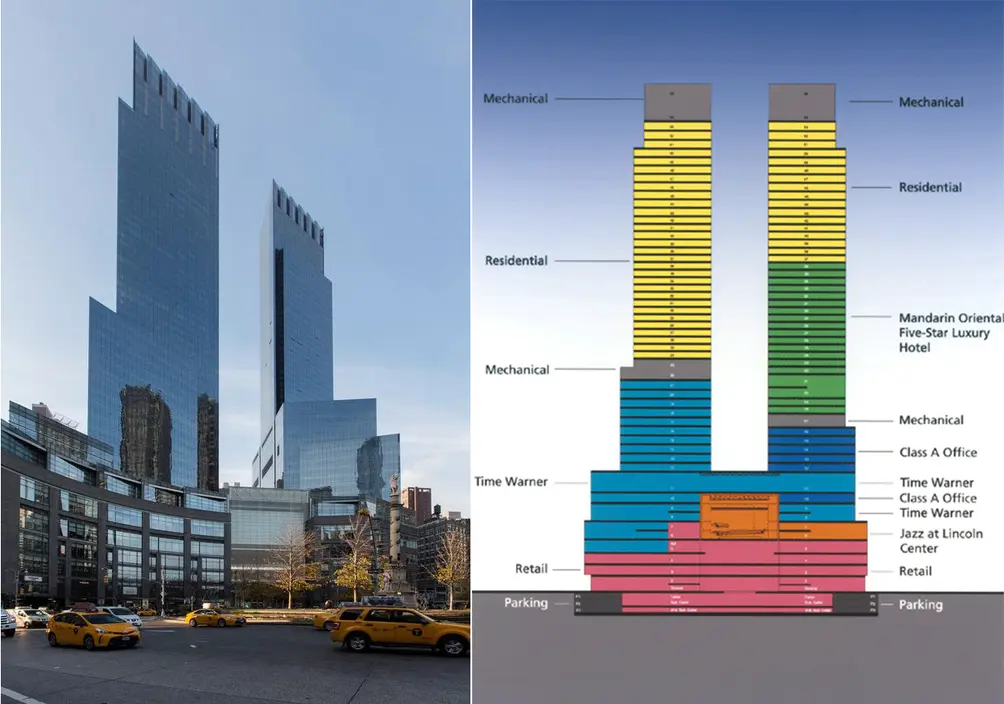 Twenty years later, Deutsche Bank Center remains the most ambitious mixed-use building in the United States
Twenty years later, Deutsche Bank Center remains the most ambitious mixed-use building in the United States
From the outside, the 2.7 million-square-foot Deutsche Bank Center shares much of the overbearing corporate anonymity as its successor Hudson Yards, but inside the dual towered building remains one of the greatest mixed-use buildings in the world with its below-ground Whole Foods supermarket, memorable shopping experience, six great restaurants, the Jazz at Lincoln Center concert halls, 1.1 million square feet of offices and studio space, a Mandarin Oriental Hotel, and One Central Park, a residential component of 198 condominiums that remain among the most prestigious in the city.
Across the way, the bronze and brassy Trump International Hotel, the former Gulf and Western Building, could be considered one of Donald Trump's few positive contributions to society. The slender supertall towers just off the circle on Billionaire's Row are jarring but are truly marvels of structural engineering. The residential component was rebranded One Central Park West to help luxury buyers feel more warmly about the building. Up the street, 15 Central Park West, the worthy replacement of the old Mayflower Hotel, accelerated the trend of new buildings taking direct inspiration from traditional architecture and has commanded some of the city's highest real estate prices.
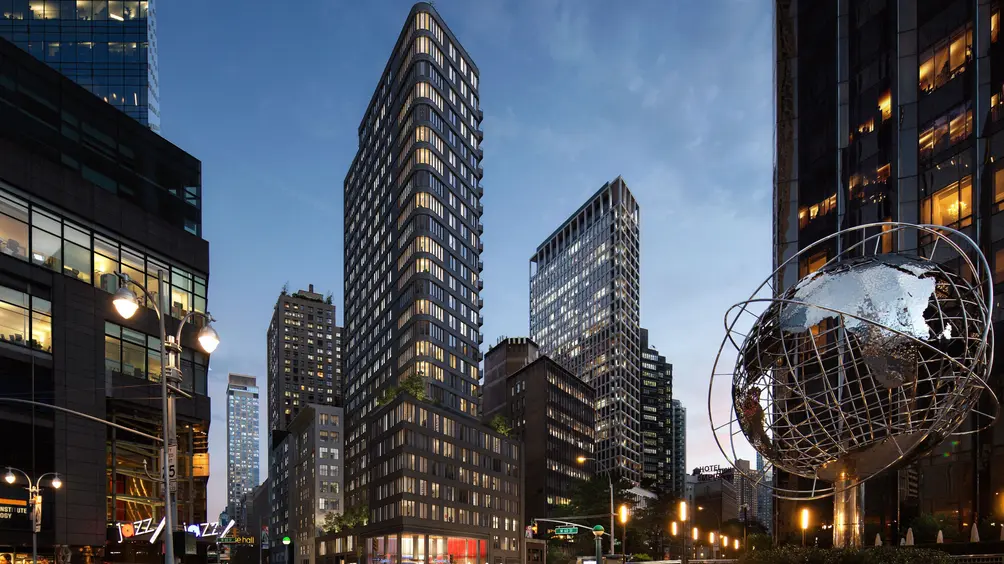 Anagram Columbus Circle (Rose Associates)
Anagram Columbus Circle (Rose Associates)
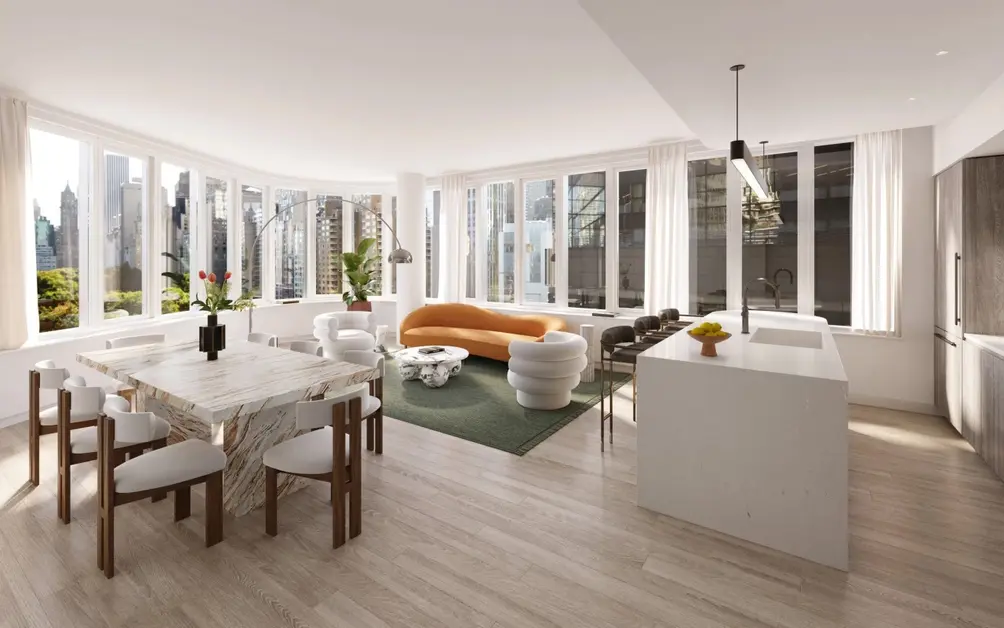
Meanwhile, as Anagram Columbus Circle shows, area rentals are not to be counted out: Even with rents as high as $26,000/month, the building recently hit 50% leased. Located on the corner of Broadway and West 60th Street, it is easily distinguished by its curved corner, dark brickwork, and oversized ribbon windows designed by INC Architecture & Design for Global Holdings. Residents arrive to an attended lobby with package service, special dog treats on hand, and 24-hour concierge service that offers special programming and sets the tone for the rest of the building.
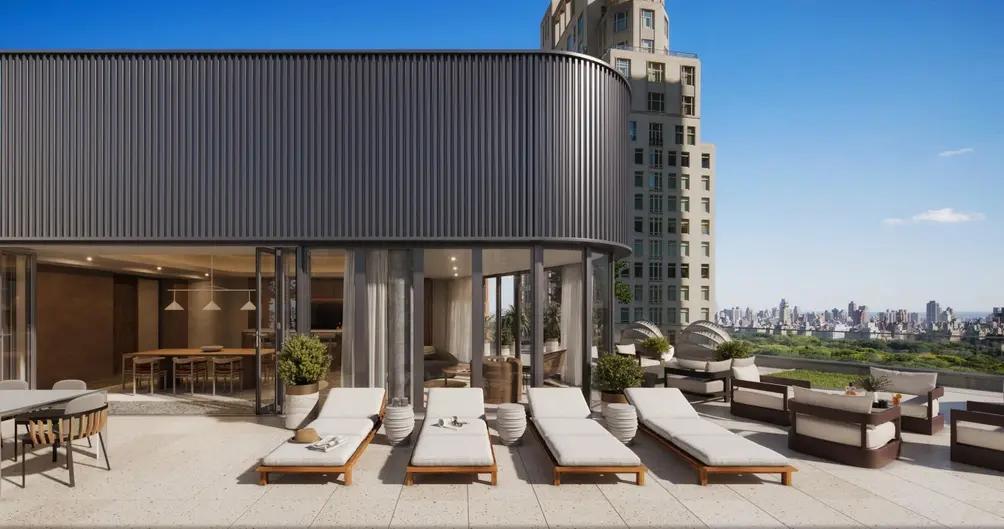
Select studio through four-bedroom units have private terraces overlooking Central Park and the Billionaires’ Row skyline, and all 123 homes feature oversized windows with built-in blackout shades, wide-plank wood floors, kitchens with high-end finishes and appliances, baths with radiant heated floors, and in-unit laundry. The 13,000-square-foot amenity package is spread over four floors to include a fitness center, children’s and teen lounges, a music practice room, a co-working lounge with terrace access, and a penthouse lounge with outdoor terrace, to name but a few.
Current availabilities start at $5,410/month for studios, $8,886/month for two-bedrooms, $15,583/month for three-bedrooms, and $18,944/month for four-bedrooms. Prices are net effective to reflect up to three and a half months free rent on a 15-month lease.
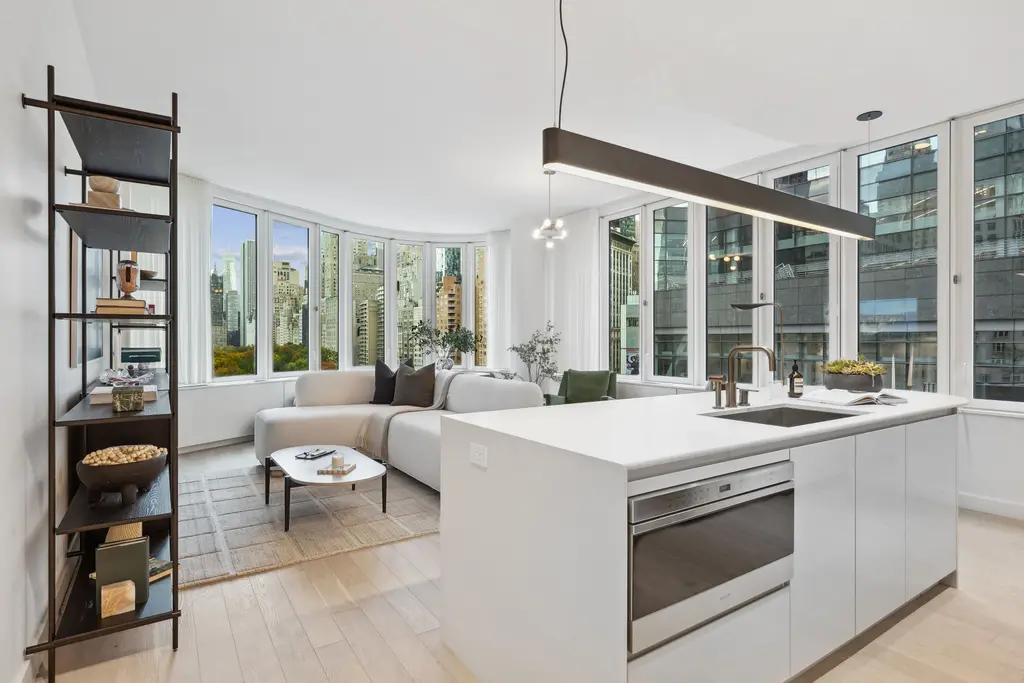
Anagram Columbus Circle, #16D (Rose Associates)
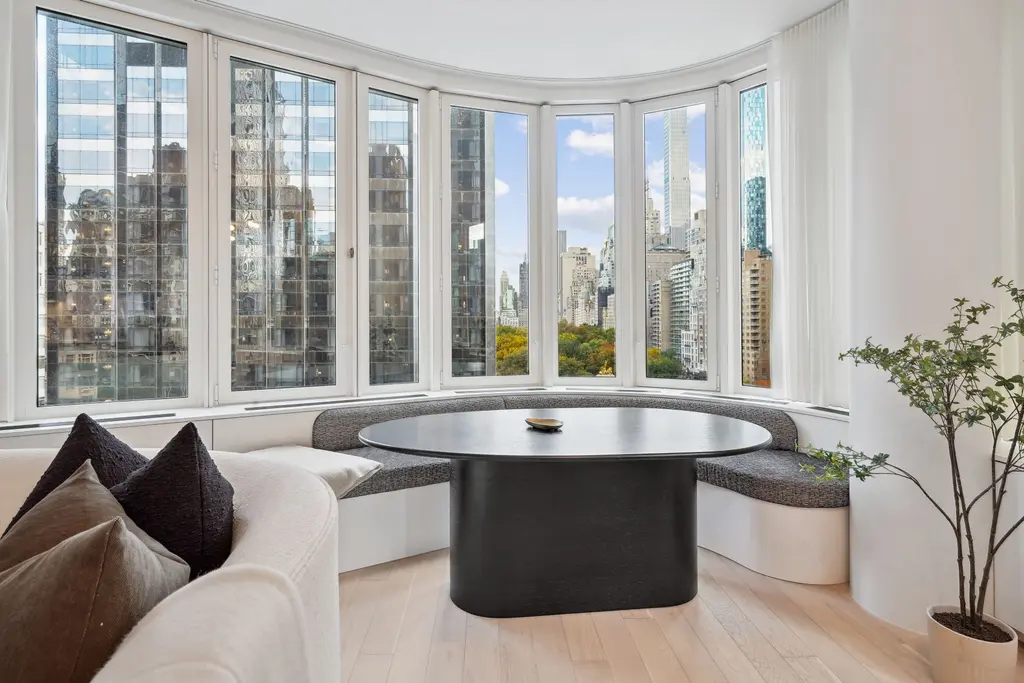
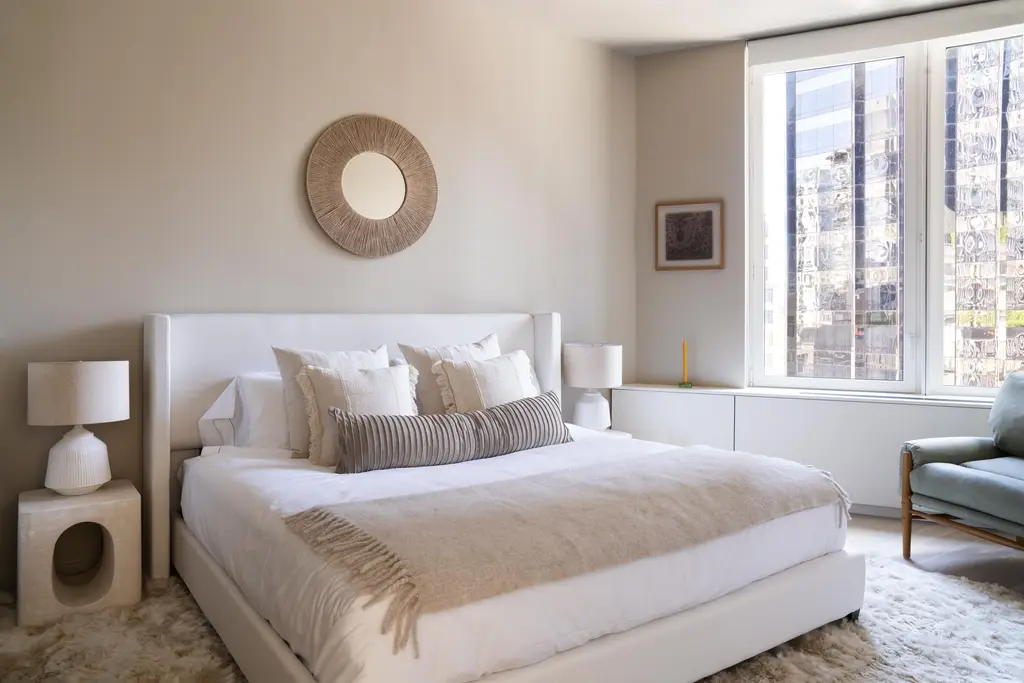
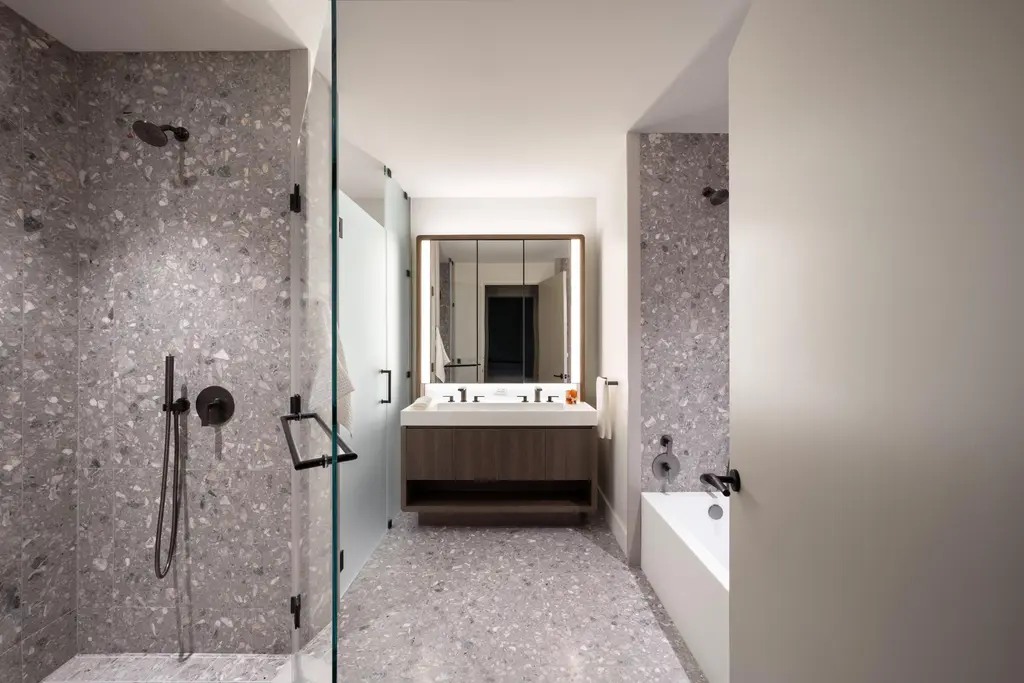
Columbus Circle Sale Listings
One Central Park West, #30E
$3,450,000
Central Park West | Condominium | 2 Bedrooms, 2.5 Baths | 1,444 ft2
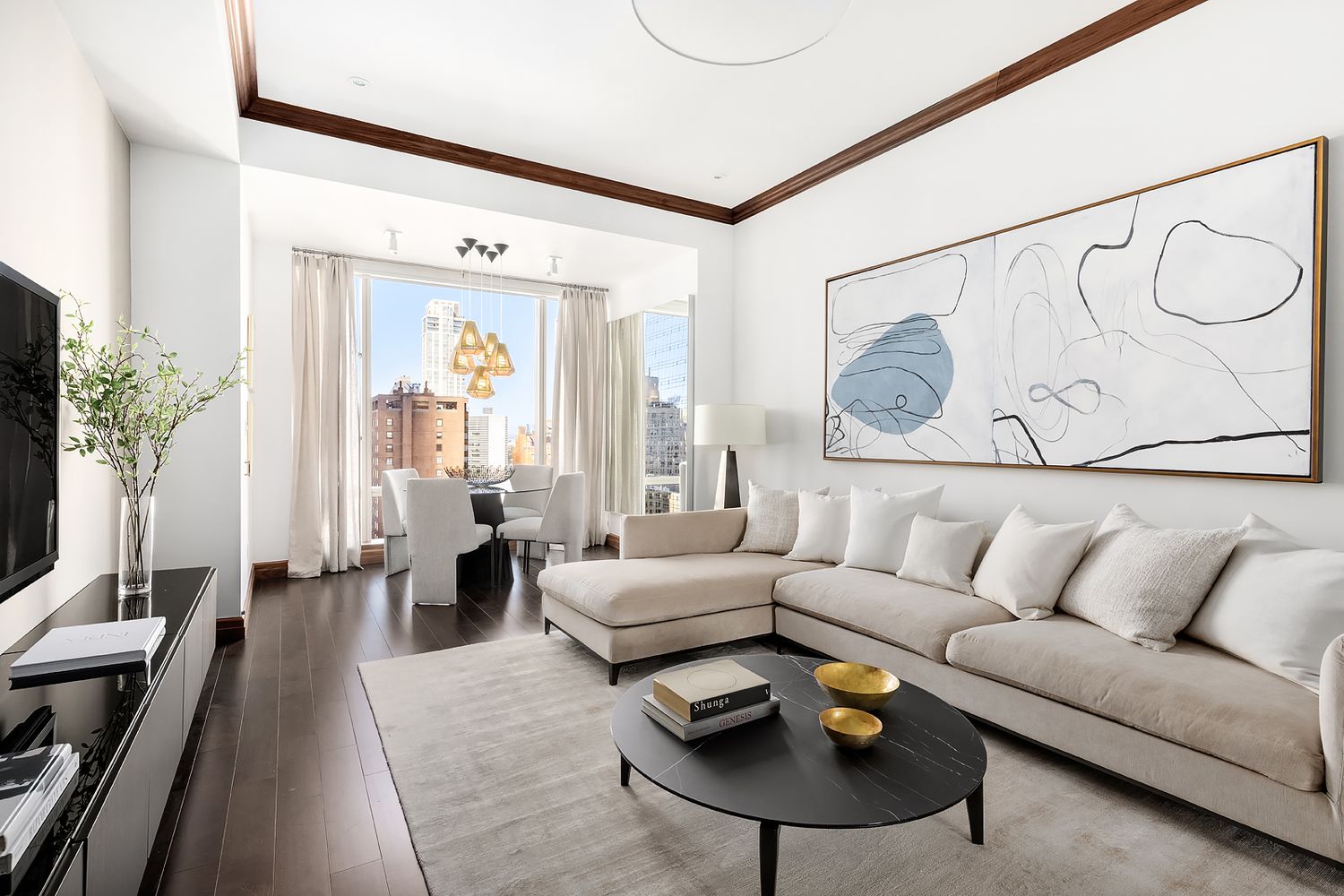
One Central Park West, #30E (Compass)

The Park Loggia, #22B (Douglas Elliman Real Estate)
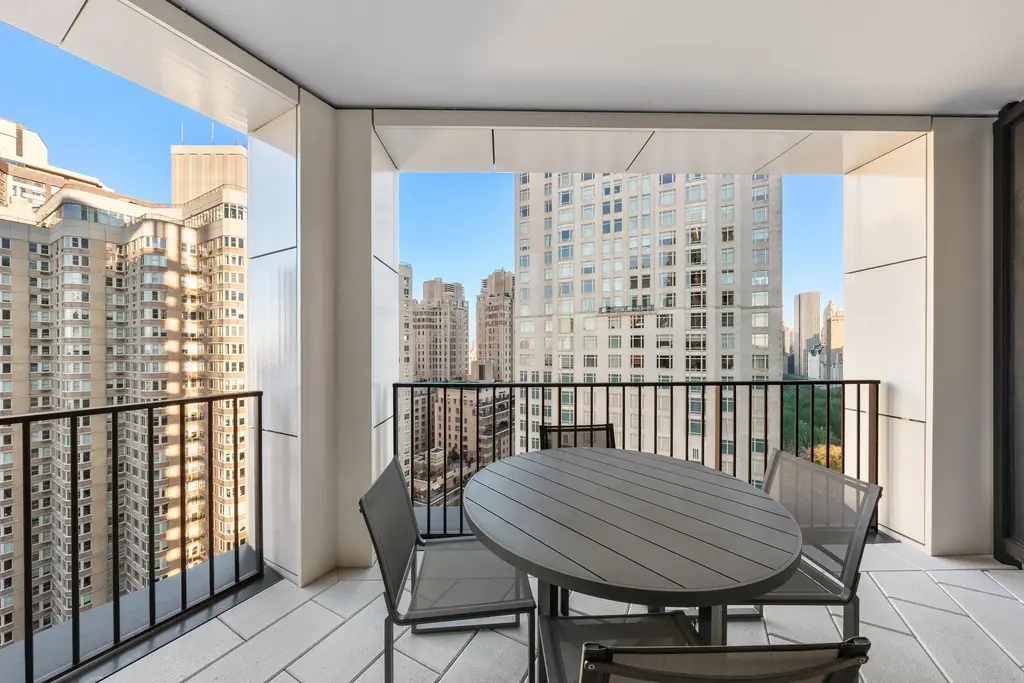
Residences at the Mandarin Oriental, #69E
$7,950,000
Central Park West | Condominium | 2 Bedrooms, 2 Baths | 1,565 ft2
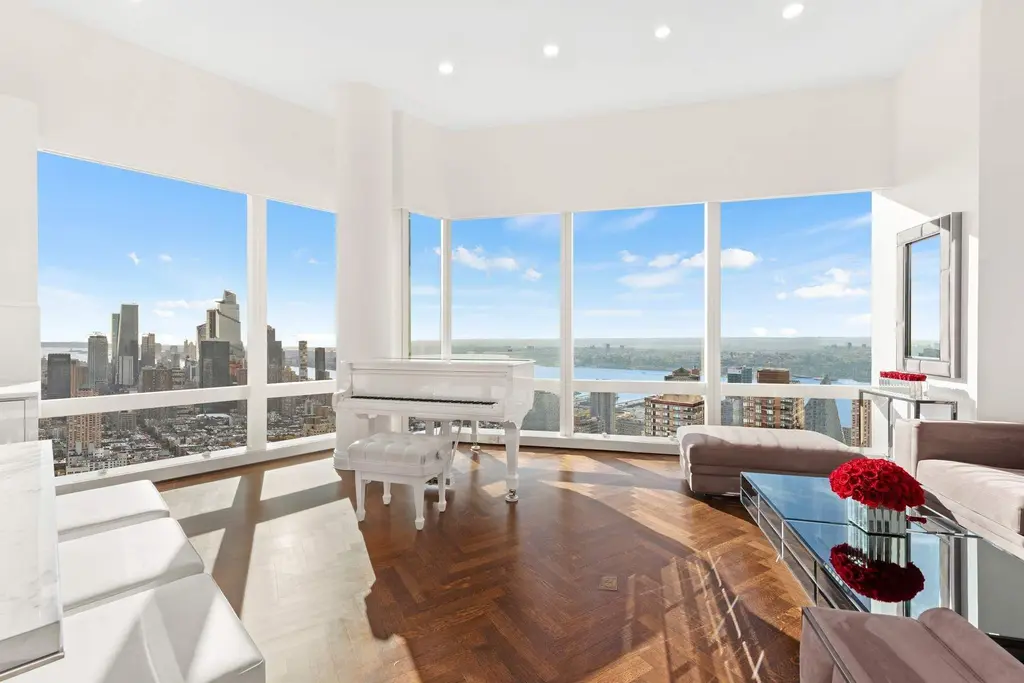
Residences at the Mandarin Oriental, #69E (Sothebys International Realty)
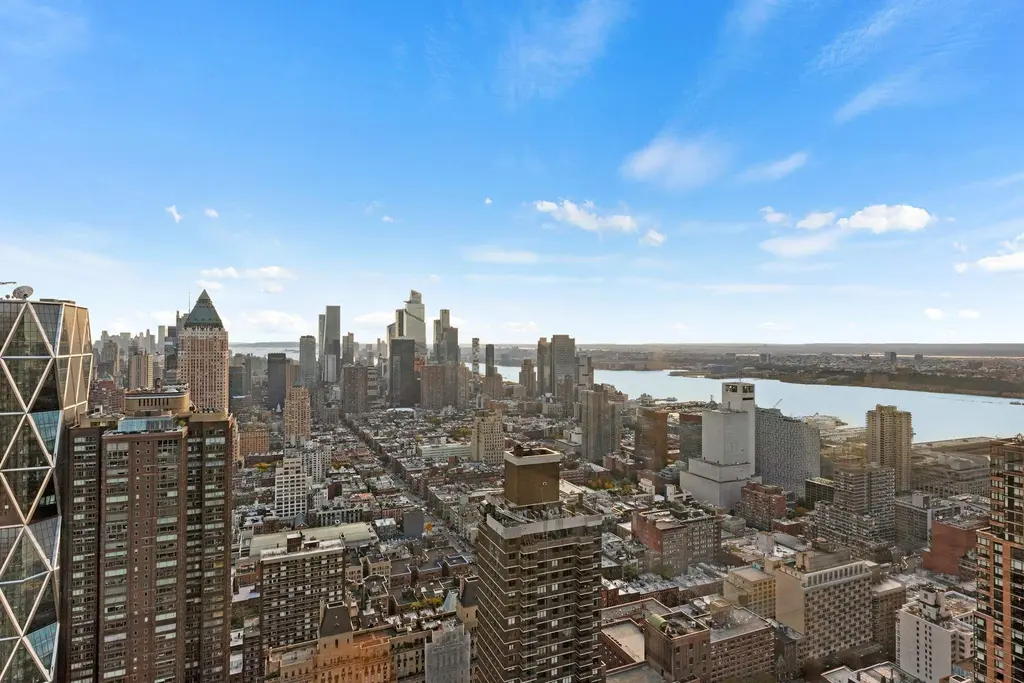
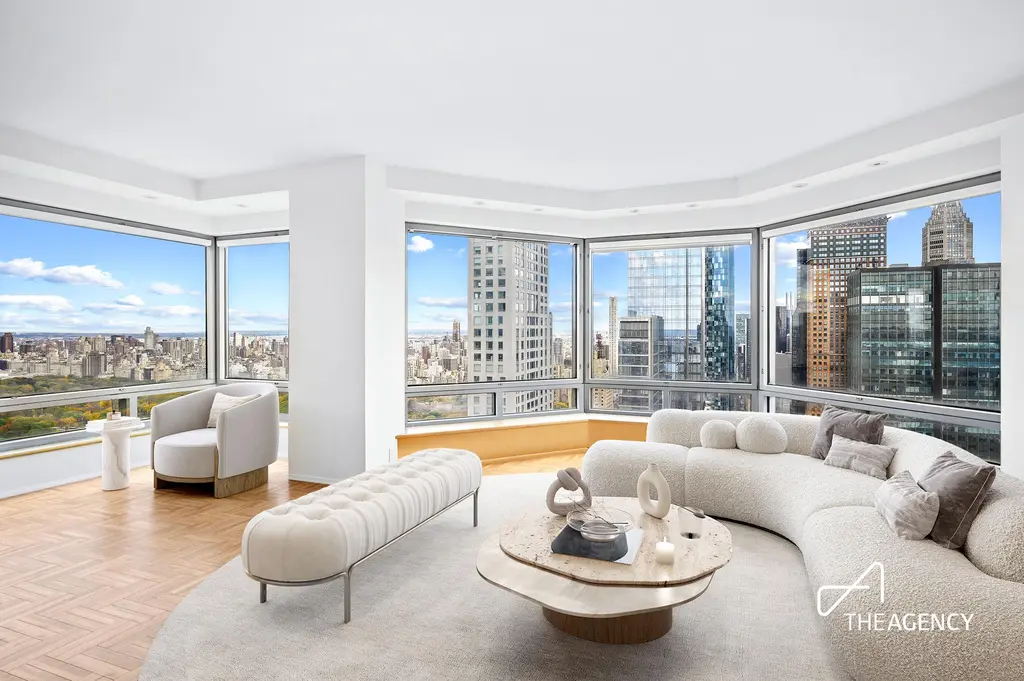
Central Park Place, #51BCD (The Agency Brokerage)
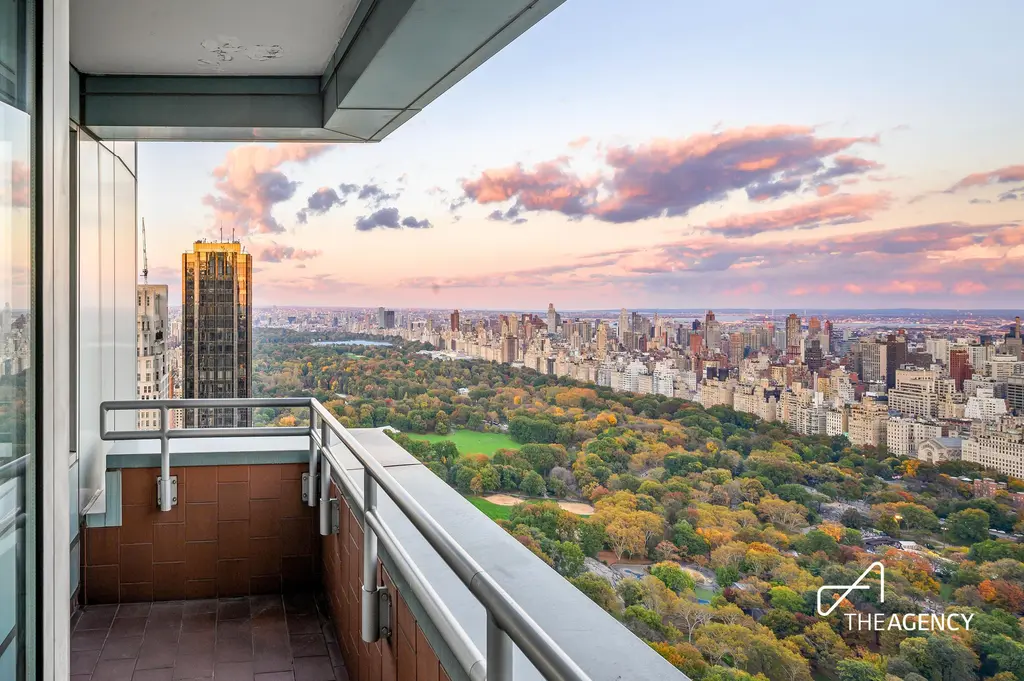
One Central Park, #75A
$21,995,000
Central Park West | Condominium | 4 Bedrooms, 5.5 Baths | 3,923 ft2
One Central Park, #75A (Compass)
15 Central Park West, #PH40A6K
$45,000,000
Central Park West | Condominium | 5 Bedrooms, 5.5 Baths | 6,846 ft2
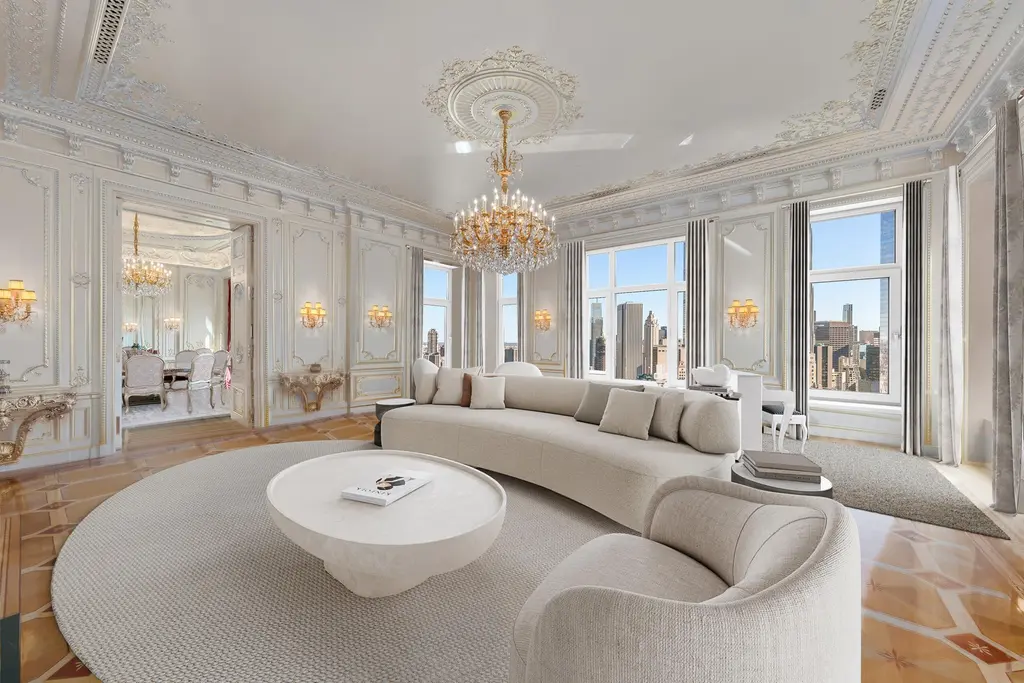
15 Central Park West, #PH40A6K (Douglas Elliman Real Estate)
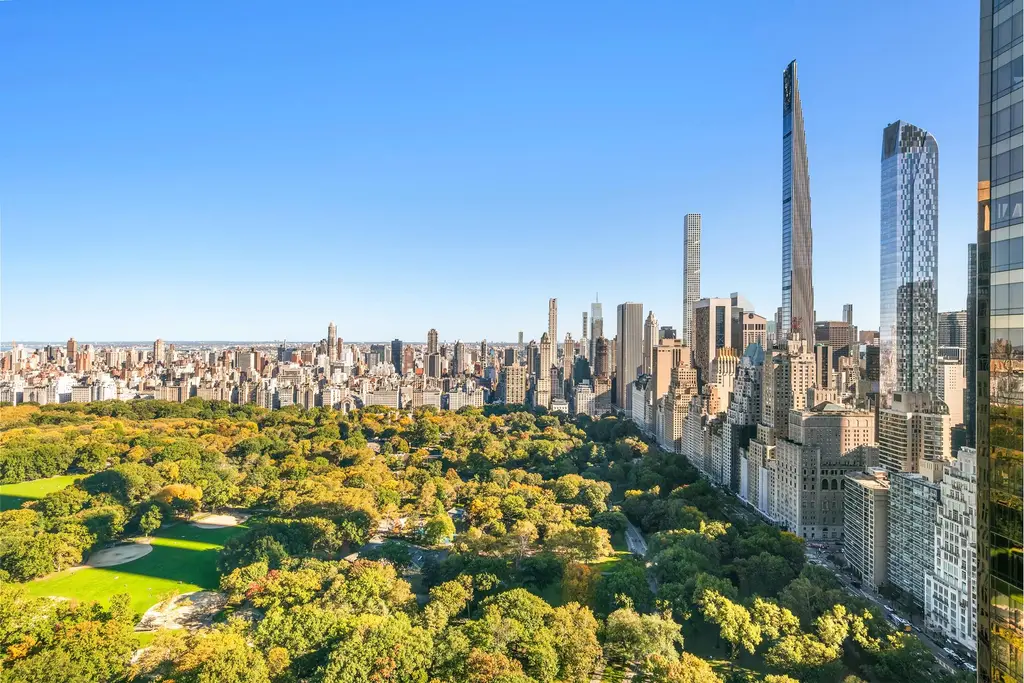

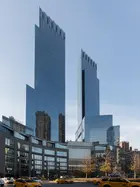
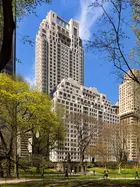
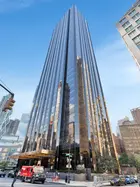
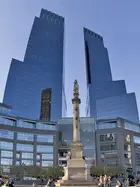
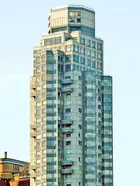
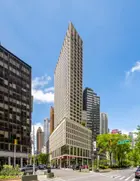
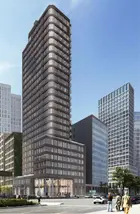
 6sqft delivers the latest on real estate, architecture, and design, straight from New York City.
6sqft delivers the latest on real estate, architecture, and design, straight from New York City.
